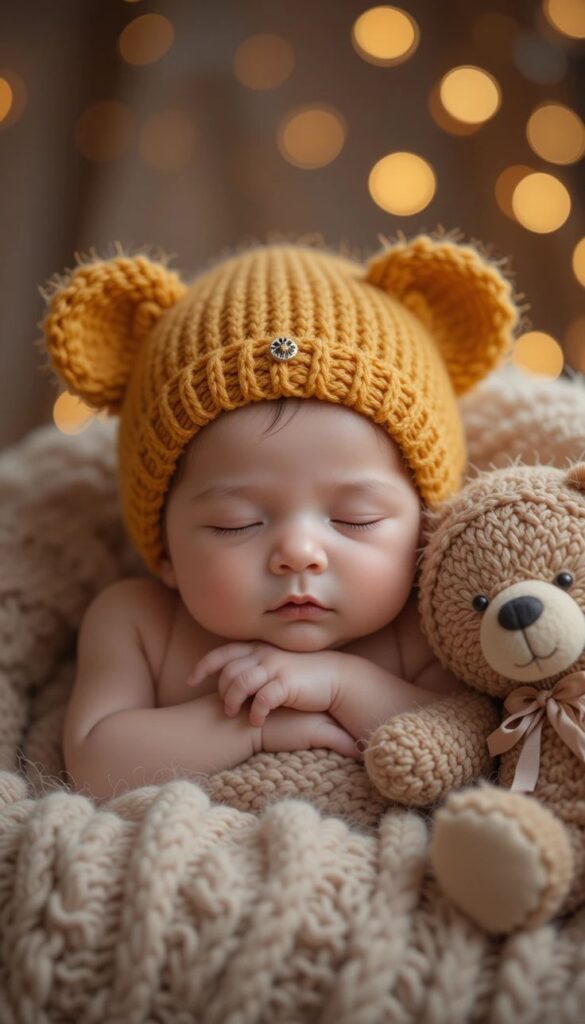How AI is Transforming Image Enhancement in Newborn Photography
In the delicate art of newborn photography, every detail counts—from the gentle texture of a baby’s skin to the soft glow of natural lighting. While capturing these precious moments still requires the trained eye and nurturing touch of a professional, AI in newborn photography is quietly transforming the editing process behind the scenes. From intelligent skin retouching to seamless background enhancement, AI tools are helping photographers elevate image quality while saving valuable time.

Let’s explore how modern AI tools are revolutionizing the post-processing workflow in newborn photography—saving time, improving quality, and offering creative possibilities like never before.
Why Post-Processing Matters in Newborn Photography
Photographing newborns presents special difficulties because of their blotchy skin, redness, jaundice, flaky skin, and erratic lighting. Traditional editing in tools like Adobe Photoshop or Lightroom can take hours per session. Retouching skin while preserving natural textures, adjusting tones, and creating dreamy aesthetics often require precision and patience.
This is where AI-driven tools come into play.
How AI Enhances Newborn Photos
1.AI Skin Retouching Tools
AI tools like Retouch4Me, ImagenAI, and Luminar Neo use machine learning to analyze and automatically enhance baby skin—smoothing it without losing realism. These tools understand how to preserve texture while minimizing imperfections.
Benefits:
- Quick removal of blotchiness, acne, or scratches.
- Natural-looking results with just a few clicks.
Consistency across galleries.
2.Background Cleanup & Composites
AI-based tools can remove distracting elements or even replace backgrounds entirely—ideal for photographers working without full studio setups. Photoshop’s Generative Fill and apps like Canva AI or Remove.bg allow for seamless backdrop replacements or enhancements.
Example Use: If a newborn is photographed on a neutral blanket, AI can easily extend or enhance the background for a polished look.
3.Batch Editing with AI Assistance
Programs like ImagenAI and Aftershoot Edit learn your personal editing style and apply it in batches—great for busy photographers with large client queues.
Advantages:
- Reduces editing time from hours to minutes.
- Ensures visual consistency across your portfolio.
4.Creative Editing and Effects
Some tools let photographers apply artistic filters, soft glows, vignettes, and lens effects—AI makes it easy to preview different styles without manual tweaking.
Example Tools:
- Luminar Neo for dreamy, glowing effects.
- Topaz Labs for noise reduction or image sharpening in poor light.
Balancing Automation with Artistic Control
AI is not a substitute, but it is a strong helper. Every session is different, just like every newborn. The human touch remains essential for:
Deciding when a photo needs minimal or no retouching.
Applying judgment based on mood, emotion, and the story behind the session.
establishing trust and a feeling of ease with the parents.
AI should support your creative voice, not drown it out.
The Business Impact
By reducing editing time, photographers can:
Deliver galleries faster to clients.
Increase their booking capacity.
Spend more time on marketing, client communication, or family.
It also opens doors for offering more styles or edits as premium packages—like artistic composites, painterly effects, or digital backdrops enhanced by AI.
AI picture improvement is meant to empower new photographers, not to replace them. With the right tools and ethical use, you can spend less time behind a screen and more time doing what matters most: capturing the fleeting beauty of those first precious days.
